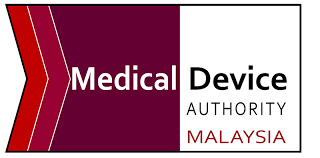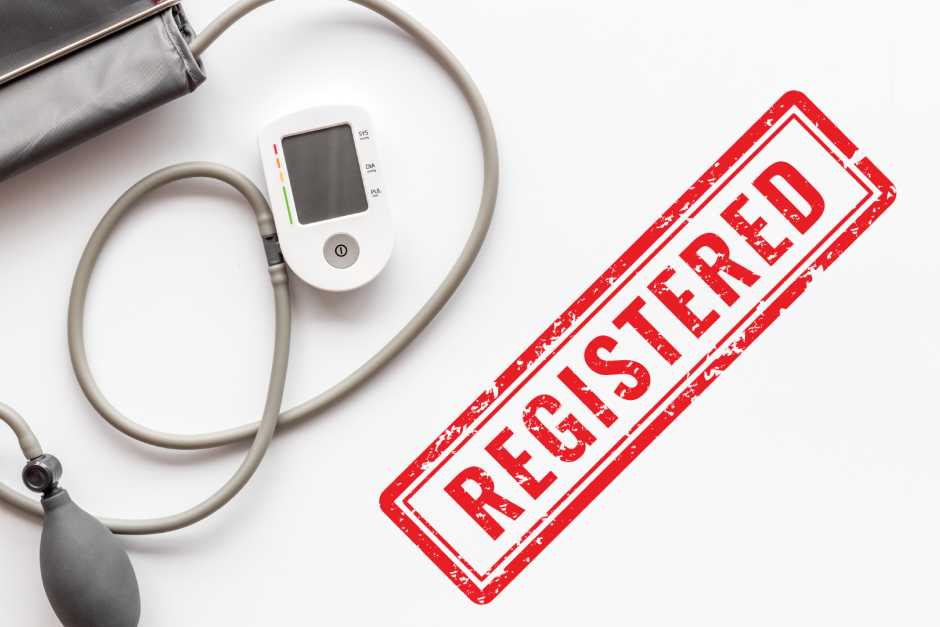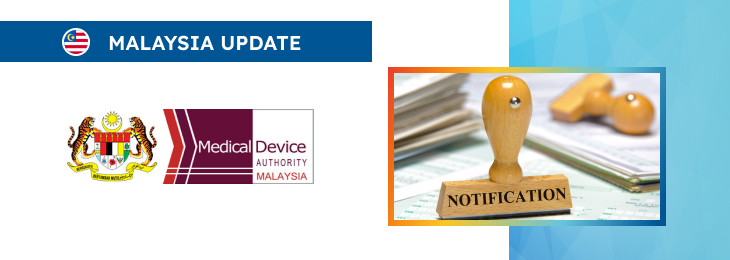The new article highlights the key points related to the change notification procedure applicable to medical devices allowed for marketing and use in Malaysia.

Table of content
The Medical Device Authority (MDA), a Malaysian regulatory agency in the sphere of medical devices, has published a revised draft guidance document dedicated to change notification for registered medical devices.
Once finalized, the document will provide an overview of the applicable regulatory requirements, as well as additional clarifications and recommendations to be taken into consideration by medical device manufacturers and other parties involved in order to ensure compliance thereto.
At the same time, the authority reserves the right to make changes to the guidance and recommendations provided therein, should such changes be reasonably necessary to reflect corresponding amendments to the underlying legislation.
Regulatory Background
The present guidance document is intended to assist industry and healthcare professionals in adhering to the Medical Device Act (Act 737) and associated regulations.
Thus, it must be read in conjunction with prevailing laws and regulations in Malaysia, specifically:
- Medical Device Act 2012 (Act 737)
- Medical Device Regulations 2012
- Medical Device (Duties and Obligations of Establishments) Regulations 2019
It is also important to mention that in addition to the requirements described in the document, the MDA reserves the right to request additional information or materials or to set conditions not explicitly described herein if deemed necessary for regulatory control.
Furthermore, in case of any discrepancies with the provisions of the aforementioned regulations, the latter should prevail.

Change Notification for Registered Medical Devices: Basics
First of all, the authority acknowledges that medical devices undergo changes as part of their lifecycle. However, in order to ensure compliance with the relevant regulatory requirements, any modification to a registered medical device must consider the principles of safety and performance and the regulatory framework’s capacity to manage associated risks.
Before a modified device can remain on the market, the authority assesses whether sufficient evidence of safety and performance has been gathered and reviewed based on notifications from the registration holder. Manufacturers must evaluate the impact of any anticipated changes on patients, healthcare practitioners, or users, and on the specifications of the device, to determine whether the changes affect its safety and performance.
This document outlines guidance on the categories of changes, principles of change categorization, and the actions required by the registration holder for each category of change to a registered medical device.
Scope and Application
This document defines the categories of changes for registered medical devices and the necessary requirements to continue their importation, exportation, or market placement. It applies to all registered medical devices under the Act, offering points for consideration during the change or modification process.
Although it does not cover every possible change scenario, it is relevant for changes arising from mandatory reportable incidents or field corrective actions under Sections 40 and 41 of Act 737.
Terms and Definitions
In order to assist the parties involved with interpreting the relevant regulatory provisions and requirements set forth therein, the MDA also provides definitions of the key terms and concepts used in the context of changes to medical devices including, inter alia, the following ones:
- Accessory: An article intended to be used with a medical device to fulfill its purpose or extend its capabilities.
- Cautions and Precautions: Information alerting users to special care for safe and effective use, including actions to avoid non-life-threatening but notable adverse effects.
- Contraindications: Conditions under which the device should not be used due to the risk outweighing the benefits.
- Control Mechanism: A means of verifying that the device’s outputs meet specified standards.
- Editorial Changes: Simple clarifications that do not change the substantive meaning of the information.
- Facility: A site involved in the manufacture or design and manufacture of a medical device.
- Indications for Use: Description of diseases or conditions the device will address, including the intended patient population.
- Indirect Contact: Devices that contact the blood path at one point, serving as a conduit for entry into the vascular system.
- Labeling: Includes the label, instructions for use, and any other identification or use-related information.
- Multiple Applications: Combining two or more Submission Identification (ID) of medical devices per change notification application.
- Operating Principles: Means by which a device achieves its intended effect.
- Registration Holder: The manufacturer or authorized representative who registered the device under the Act.
- Single Application: One Submission Identification (ID) per change notification application.
- Warning: Information on serious adverse reactions and potential safety hazards with the device’s use or misuse.
General Principles
The document further describes the approach to be applied when assessing the nature of the changes and the level of regulatory scrutiny they should be subject to. In accordance with the applicable legislation, changes to registered medical devices are categorized based on their impact on safety and performance and the regulatory framework’s ability to manage associated risks.
Before the device that has undergone changes will be allowed for further use, the authority will assess all the information and evidence available to ensure continued safety and proper performance of the modified product. In their turn, medical device manufacturers must assess the impact of changes on patients, healthcare professionals, users, and device specifications to determine their effect on safety and performance.
Categories of Changes
As explained by the authority, changes to registered medical devices are categorized into three types:
- Category 1: Changes affecting safety and performance, requiring new device registration.
- Category 2: Changes needing evaluation and MDA endorsement before market placement.
- Category 3: Changes that can be implemented immediately upon submitting complete documents through MeDC@St.
For all change categories, registration holders may request confirmation of the change category using the Annex A template also provided in the guidance. If the change category is unclear or incorrect, the authority will determine the correct category and advise appropriate amendments, meaning that in case of any discrepancies, the categorization by the authority should prevail.
Requirements for Change Notification
According to the clarifications provided in the guidance, registration holders must submit the following documents:
- Request for confirmation on the change notification category (Annex A), if necessary.
- Summary Table of Change Notification (Annex B).
- Medical Device Safety and Performance Declaration (Annex C).
- All supporting documents listed in Annexes B and C.
In order to assist the parties involved, the authority provides templates of the aforementioned documents as annexes to the present guidance.
The determination of required documents should consider all submitted changes, not just one change category. Upon successful change notification submission, further amendments will be permitted only once within the same change category.
Conclusion
In summary, the present MDA guidance provides an in-depth overview of the relevant regulatory requirements in the sphere of change notification for medical devices, describing in detail the way changes to registered medical devices should be assessed in order to ensure they will not affect the safety or proper performance of such products, and also explains the steps to be taken by the parties involved when notifying the authority about such changes.
How Can RegDesk Help?
RegDesk is a holistic Regulatory Information Management System that provides medical device and pharma companies with regulatory intelligence for over 120 markets worldwide. It can help you prepare and publish global applications, manage standards, run change assessments, and obtain real-time alerts on regulatory changes through a centralized platform. Our clients also have access to our network of over 4000 compliance experts worldwide to obtain verification on critical questions. Global expansion has never been this simple.

